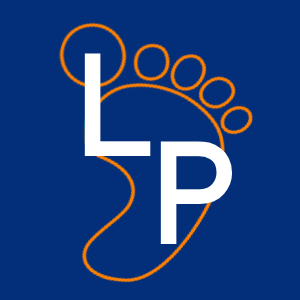Heel Spurs vs Plantar Fasciitis and Where to Find Treatment for Pain in Beaconsfield
Heel spurs and plantar fasciitis are different, but closely related, foot conditions that often lead to intermittent or chronic pain. Understanding the differences and similarities between the two can help you determine which you have and the best course of treatment, as well as the best way to reduce symptoms quickly.
The Difference Between Heels Spurs and Plantar Fasciitis
The key difference between these two conditions is the source of the pain. Heel spurs are tiny, sharp calcium deposits on the bone of the heel. These deposits can be the result of damage to the plantar fascia or the tissue that connects your toes and your heel bone. The plantar fascia gives support to the arch of your foot and micro tearing can degenerate the tissue, worsening with time and increased tearing. In plantar fasciitis, the plantar fascia is damaged or injured due to these micro tears, causing pain, which may be felt in both the heel and the arch. Without treatment the condition becomes chronic and more difficult to treat, so it is always best to seek medical help quickly.
Causes
Heel spurs and plantar fasciitis are closely related when it comes to what causes them. Damage or stress causes plantar fasciitis to the plantar fascia, and this damage can be caused by unsupportive or worn-out footwear, carrying extra weight, trauma to the foot, or standing or walking for excessive amounts of time. Heel spurs are a secondary condition caused by plantar fasciitis. When the plantar fascia is damaged, your body develops heel spurs in response. If left untreated, heel spurs can cause permanent damage to the foot.
Symptoms
Most people with heel spurs notice stabbing sensations in their heels. Heel spurs literally stab into the fatty pad of your heel. The pain is often worse in the morning, but may come and go throughout the day. On the other hand, plantar fasciitis may cause a wider range of symptoms in the foot and heel. You may notice the symptoms of plantar fasciitis well before the stabbing pain of heel spurs, and these symptoms include swelling, redness, and inflammation of the heel and the bottom of your foot. You may also notice sharp pain, aching, or burning that is worst in the morning and improves as you stretch your plantar fascia through regular daily activities.
Treatment
Early treatment is key to avoiding further damage when you have plantar fasciitis, with or without heel spurs. Be sure to seek heel pain treatment near Beaconsfield immediately if you notice any of the symptoms of plantar fasciitis or heel spurs. In the meantime, take breaks from being on your feet throughout the day. You can also use ice to reduce inflammation. Wear shoes with thick, cushioned soles. Also, be sure to maintain a healthy weight to avoid straining the plantar fascia and heel. Your podiatrist may want you to use orthotic inserts, which can greatly reduce pain in many sufferers.
Where to Find Help for Plantar Fasciitis or Heel Spurs in Beaconsfield
At Langmore Podiatry, we understand that the comfort of your feet is of the utmost importance for almost all your daily activities. We offer effective treatment for heel spurs and plantar fasciitis in Beaconsfield, as well as a range of other foot and leg problems. For over 35 years, we have been ahead of the game with top-of-the-line equipment and highly skilled and knowledgeable staff. Contact us today to make an appointment and set yourself on the right path to healthy and comfortable feet.

